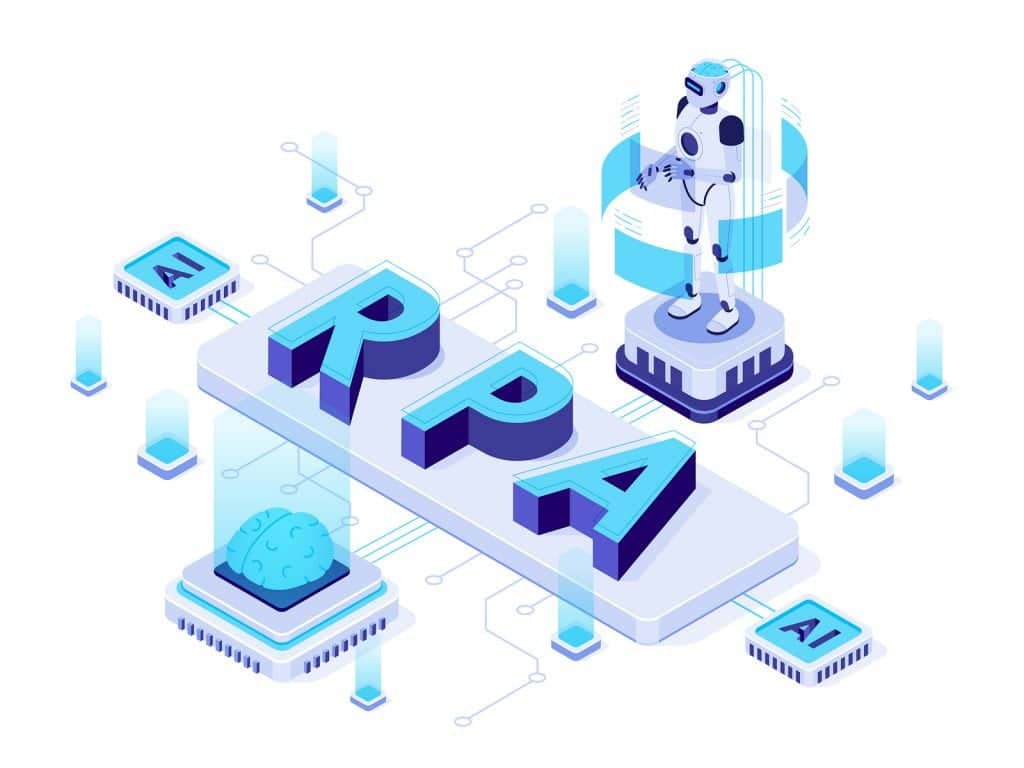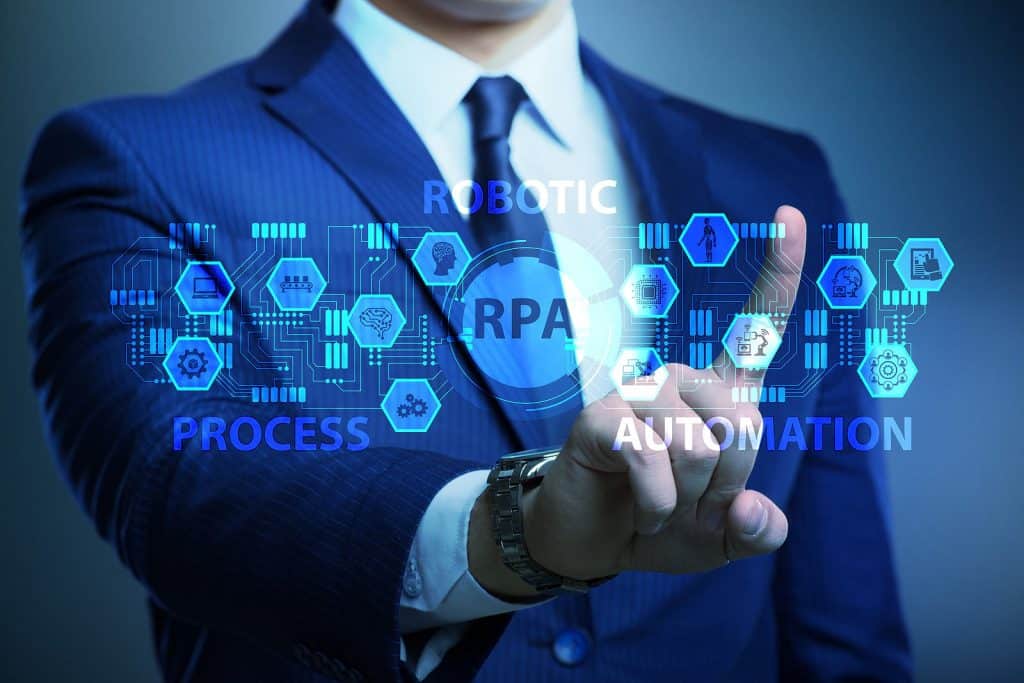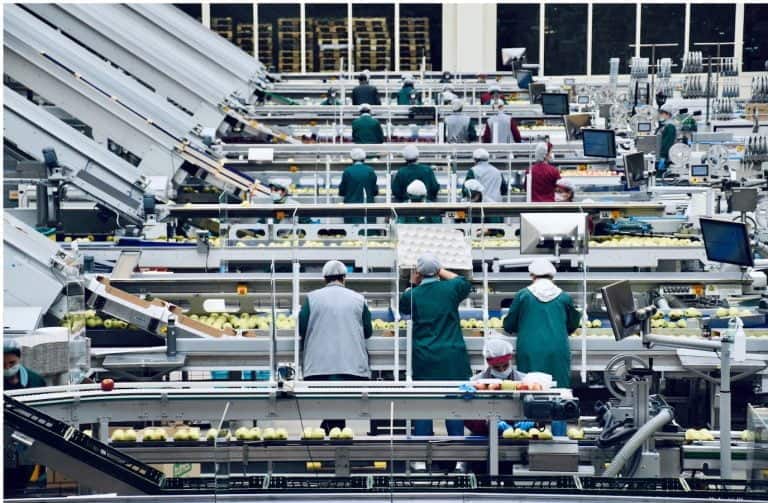The world of automation has significantly evolved thanks to the adoption of Industrial 4.0 technologies in automation tools. Software test automation and robotic process automation are booming branches in this field. Thanks to several advancements in automation, including the use of artificial intelligence and machine learning, software test automation tools and RPA automation tools are making the job of a QA automation developer both easier and more interesting.
Table of Contents
ToggleOn the surface, test automation and RPA terms may seem similar and are often referred to interchangeably. This article helps bust this misconception, as they are indeed different. It is essential to understand the differences so that you can go back to your organization and decide which one best meets your business’ needs.
What is Automation?
Automation is a process that helps reduce or negate human intervention in performing a task, providing many advantages with its use. The booming automation world has indeed pushed the testing world towards the Industrial 4.0 revolution at even more incredible speeds.
What is Test Automation?
Test automation is a branch of automation that executes tasks automatically that are used for testing applications or systems. Several automation testing tools offer both coded and codeless platforms. They offer self-healing AI-enabled features, are DevOps enabled, and allow integration with external tools, etc.
Tools by TestProject, Microfocus UFT, etc., are great tools to explore in this regard. For example, you can use these tools for executing UI, API, mobile, performance tests, etc., on products.
What is RPA?
Robotic process automation is primarily associated with automating business processes. The associated bots are built to empower business users, in which business rules and backend processes are eventually automated. Artificial intelligence, ML, etc., power up many tools.
Tools by BluePrism, UiPath, Kofax, etc., are great tools to explore for RPA. For example, in the event that you wish to enter data from different sources, RPA bots can help collect that data automatically.
What are the differences between Test Automation and RPA?
As mentioned earlier, test automation and RPA are easily confused as similar processes and terms in the automation world. This article mentions five significant differences.
Difference 1 – The goal of Automation – You already know this one!
Yes, both of these types of automation have a different goal. Test automation automates the test processes. It is applied directly to the product being tested. For example, a test may be written to check if card transactions are functioning correctly or not.
RPA automates business processes. This automation is not directly applied to the product, unlike test automation. It is automation targeted at the processes associated with the business environment.
Difference 2 – Do you need coding skills to automate?
Test automation tools may or may not need coding skills for you to automate. The devices offer a variety of development options for the QA engineer to choose from, including Java, VBA, Python, etc. There are several codeless platforms as well, which offers visual representations that will require you to automate the test process.
To implement the basic functionalities of RPA, one doesn’t need any coding skills in order to automate. However, suppose you wish to extend certain advanced functionalities of RPA, then you would likely need to learn at least one programming language.
Difference 3 – The timeline of development and execution
Test automation processes usually encompass this life cycle:
- Creating a test plan – Building the test automation framework, the test suite, and then planning the test cases around it. Test data management is also designed in this stage.
- Generating test cases – test scripts are built which mimics the tests that are otherwise executed by humans. The test scripts may be built using a programming language, smart test recorders, or even using codeless platforms. Test data is at the core of the testing process.
- Executing the tests – Executing the tests as per the test cases built, and re-running in case of errors/failures. At this stage, defects can be found in the product.
- Debugging the tests if required – In the event there are errors while executing tests, test scripts are debugged to find the root cause of the issue. These days, self-healing AI offered in tools have powered this otherwise tricky and time-consuming step.
- Analyzing test results – Analyzing test results helps you derive insights about the product being tested.
- Report test defects – Once the defects are found, they need to be reported to the development team to fix.
- Support and Maintenance – After the tests are delivered for testing, any outstanding issues will be fixed and delivered.

RPA processes usually encompass this life cycle:
- Business analysis – Business rules are listed which need to be automated in the organization.
- Development of the bot – The automated robot is developed using the automation tool to mimic the business rules steps.
- Testing of the bot. – The automated bot is tested to see if it functions as per the requirement. Any errors are fixed before it’s rolled out for use.
- Support and Maintenance – After the bot is delivered to the user, any outstanding issues are fixed and delivered.
Difference 4 – Levels of Automation, adoption in Environments
Basically, automation tests include performing tests on already developed code in different environments–test environment, Dev environment, production environment. Test automation can cover the following basic levels–functional tests, regression tests, performance tests, etc.
However, RPA covers automating the repetitive tasks that are clerical processes like data entry, banking, calculations, etc., at the clerical level of business processes. Therefore, RPA is teaching a robot/bot to perform repetitive tasks to help ease the business process execution. They are usually applied directly to live business data in the production environment.
Difference 5 – Departments of application of use cases
Test automation primarily is covered by the Engineering team–be it for Research and Development, Engineering services, and the Quality control team. This covers one small team in an organization.
RPA applications, however, cover a more comprehensive range of applications in an organization. The impact of applications covers Engineering, Administration, Finance, Marketing, and Human Resources for the company. For example, the finance department may involve RPA that helps to copy data from several sources and creating reports. The Marketing management software may have bots for creating ads based on triggers, and the HR software robots may help in recruitment and staff training.
Wrapping Up: RPA versus Test Automation
The beauty of both test automation and RPA tools is that they are platform-independent and can be run on desktop, mobile, and web applications, thus offering cross-platform support. This has, in turn, resulted in the massive adoption of automation technologies, benefiting businesses and their customers. If you plan to build a career in automation, skilling up in these trending technologies in both RPA and test automation will reward you in many ways. Automation has accelerated the drive towards digital transformation. To be in sync with the Industrial 4.0 revolution, one will need to upskill to strong automation competency.





